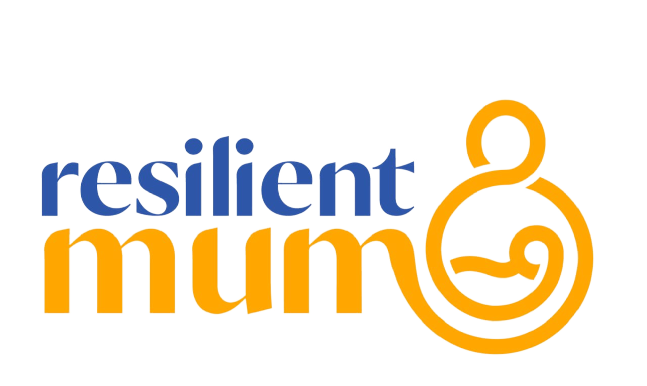Applied Behavior Analysis (ABA) is a scientific approach to understanding and modifying behavior through systematic observation and intervention. It’s based on the principles of behaviorism and focuses on how environmental factors influence behavior.
Key concepts of ABA include:
- Behavior is influenced by antecedents (what happens before) and consequences (what happens after)
- Positive reinforcement strengthens desired behaviors
- Data collection and measurement guide intervention decisions
- Interventions are tailored to individual needs
- Progress is continuously monitored and adjustments made based on results
ABA techniques are used in many fields including:
- Education and special education
- Treatment of autism spectrum disorders
- Organizational behavior management
- Mental health treatment
- Animal training
- Rehabilitation
While ABA has shown effectiveness in many applications, particularly in autism treatment, there are ongoing discussions about its implementation and ethical considerations. Some individuals and advocates have raised concerns about certain intensive ABA practices and emphasize the importance of respecting individual autonomy and neurodiversity.
Applied behavior analysis or ABA is based on applied psychology and is considered a gold standard treatment for autism. The foundation of ABA was laid 44 years back and B.F. Skinner is considered the father of Aba. It is the only evidence based therapy available and it has been proven to make significant improvement in children with autism. There are several teaching methodologies involved in ABA therapy, rewards are used to strengthen good behaviors and undesirable behaviors are extinguished through different behavior modification techniques and strategies.
ABA curriculums are based mostly on visual perception skills, receptive language skills, requests, labelling, intraverbals, play and leisure skills, generalized responding skills, motor imitation skills, vocal imitations, group skills, social skills, reading skills, spelling skills, math skills, writing skills, syntax and grammar, eating skills , dressing skills, toileting skills, grooming skills, gross motor skills and fine motor skills,
